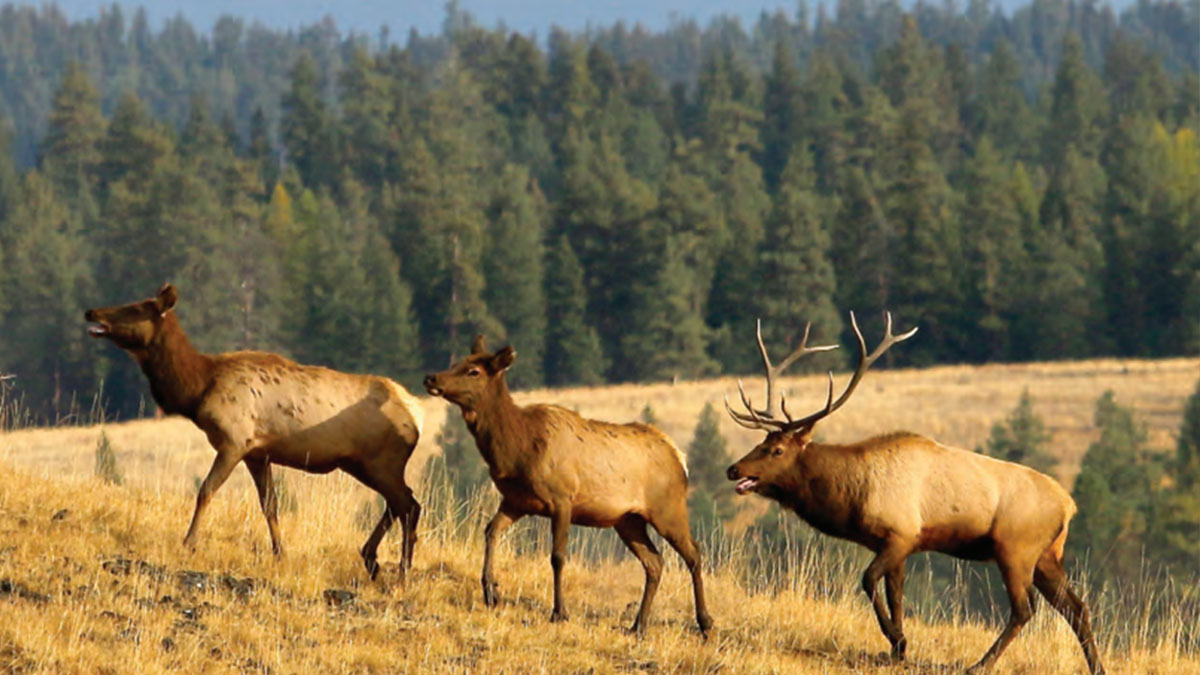The Department of the Interior (DOI) released a new, detailed report highlighting the achievements to date of the current administration that support and improve habitat quality in western big-game winter range and migration corridors. Since 2018, the DOI and its partners facilitated 73 projects across 11 states with the more than $47 million being invested from federal and matching grants in state-identified priority research projects, data analysis and mapping assistance, habitat-related projects and other activities.
“Great coordination with state, local and other private partners is leading to important wildlife conservation benefits related to winter range and migration corridors for elk, mule deer and pronghorn,” said DOI Secretary David Bernhardt.
“Protecting and enhancing winter range and migration corridors for elk and other wildlife is becoming more and more of a challenge on a daily basis, especially as development and invasive species spread across the landscape. That is why it is incumbent on us as stewards of the land and partner agencies to work together to make decisions, plan and carry out priority projects, and implement policy created by quality, rigorous research and science to shape sound and balanced wildlife management. These actions are crucial in ensuring the conservation of vital habitat,” said Rocky Mountain Elk Foundation president and CEO Kyle Weaver.
Big game species migrate across thousands of miles of federal, state, Tribal and private lands during their annual journeys. Secretary’s Order 3362 fosters improved collaboration with states and private landowners and coalesces these groups around robust science to more effectively and efficiently target on-the-ground conservation in the highest priority, scientifically defined migration corridors or winter range areas.
“RMEF commends Secretary Bernhardt, the current administration and the western states for prioritizing and leading this work. Now is a great opportunity to take action to use the latest science and research to conserve the iconic western species such as elk, mule deer and pronghorn antelope as well as the habitat they need to thrive,” added Weaver.
Grant funding has supported habitat conservation easements across more than 39,000 acres and 326 miles of wildlife friendly and highway fencing. In addition, more than 302,287 acres across the western states focused on managing invasive species like pinyon-juniper woodlands and nonnative grasses.
Go here for additional information including a partial list of some of the projects receiving funding.
(Photo source: Department of the Interior)
